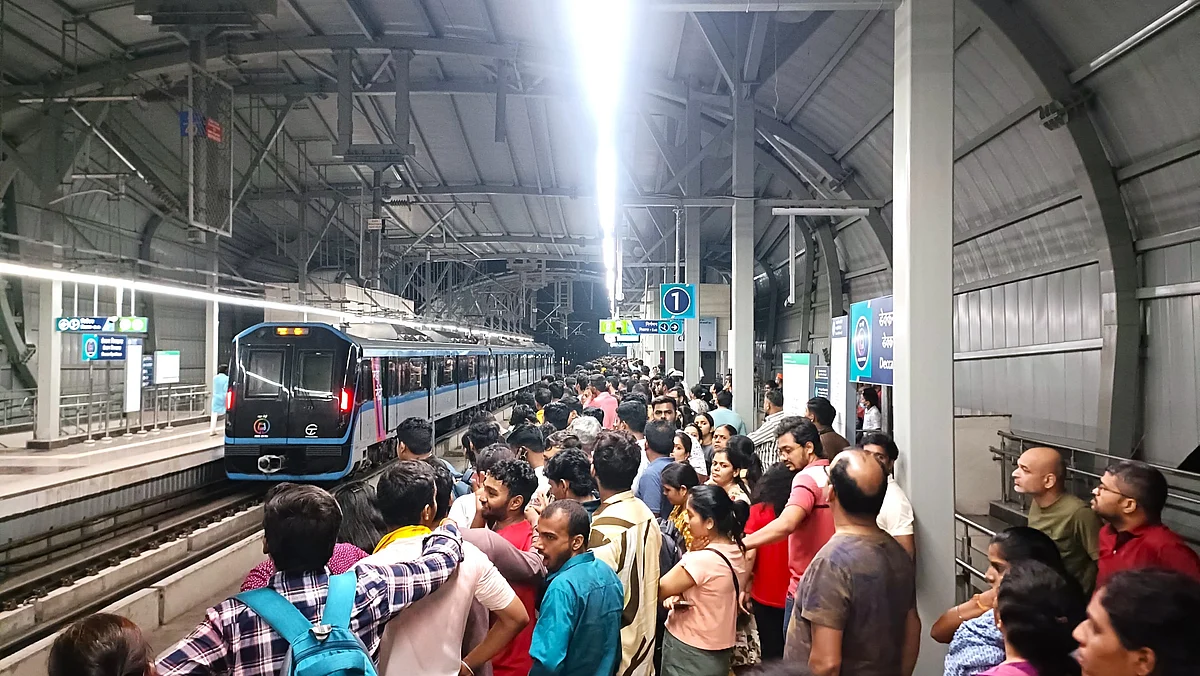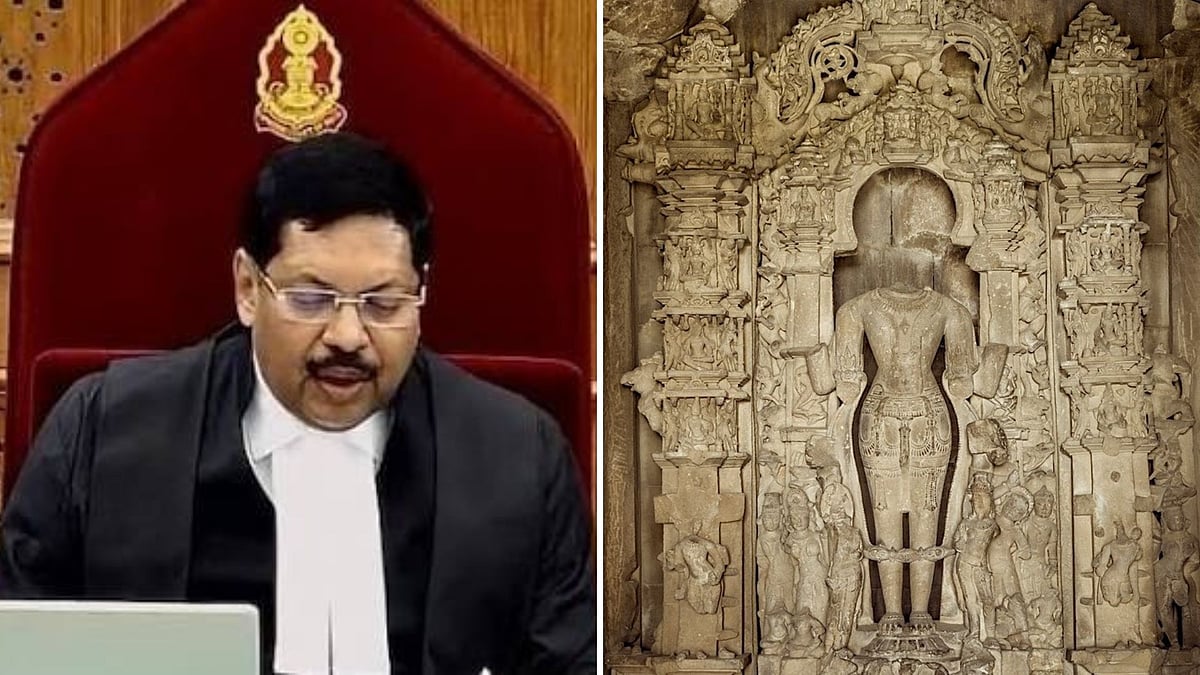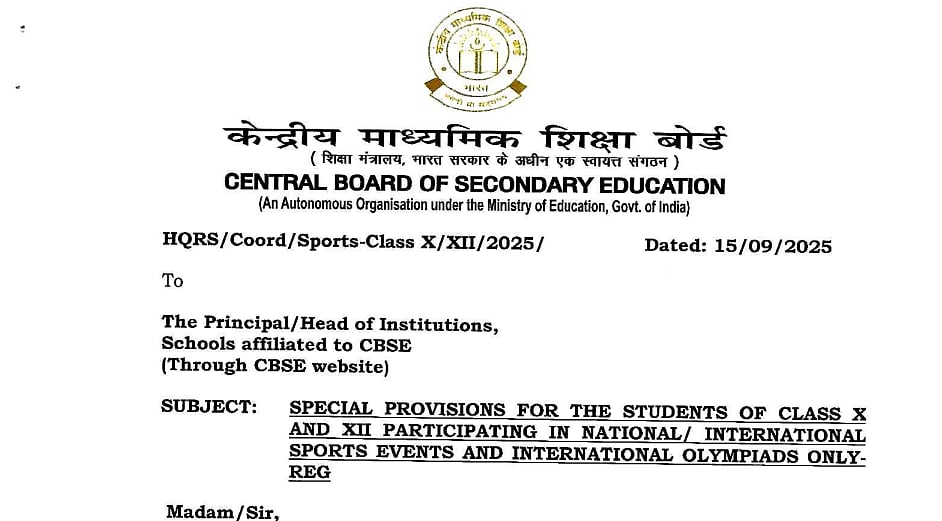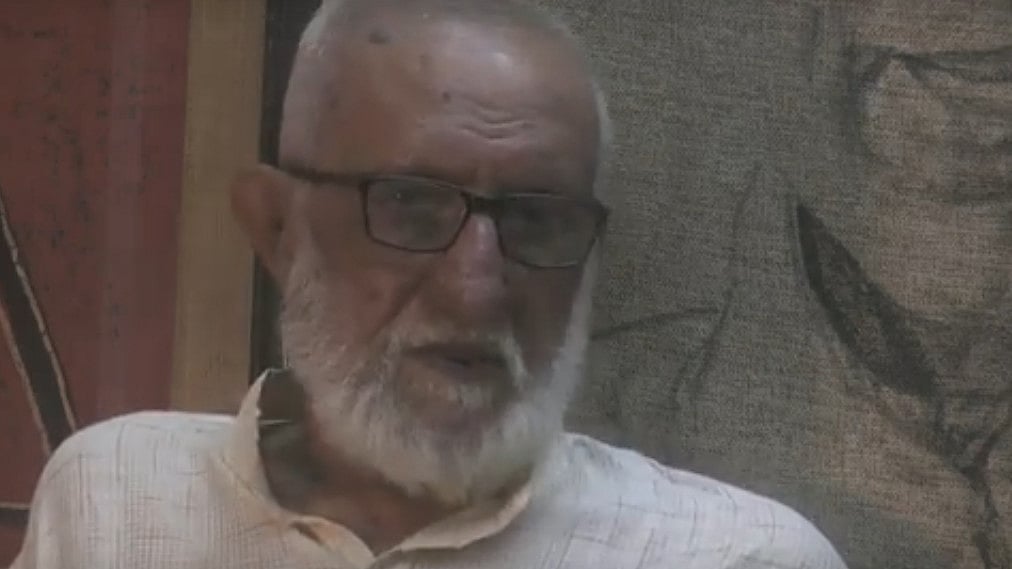The Budget introduces digital cryptocurrency, gives incentives to the kisan and industry but leaves wage workers high and dry, as direct income tax remains untouched.
Finance Minister Nirmala Sitharaman expects to create 60 lakh jobs under the productivity-linked-incentive (PLI) scheme in 14 sectors. The government hopes that it has the potential to create additional production of Rs 30 lakh crore, a bit of a great expectation amid a subdued economic survey that does not show much enthusiasm for ‘spend and enjoy’.
The MSMEs get about Rs 2 lakh crore of largely credit support. They are in a critical state, it is to be seen whether they will be able to secure this benefit and thrive.
The e-Vidya and the National Digital University is a welcome step for the students and scholars. If data cost remains low even after 5G,it would provide countrywide standard education at low cost.
Expenses rise marginally to Rs 39.44 lakh crore from Rs 37.70 lakh crore in 2021-22. Borrowings increase to Rs 16.61 lakh crore from Rs 15.91 lakh crore. Fiscal deficit at 6.9 per cent, reduced from the budgeted 9.2 per cent in 2021-22, has come down to 6.4 per cent.
Growth, projected at 9 per cent, though it coincides with IMF projections, has a catch of minus seven per cent growth from two years ago. Still, the actual has to come back to the 2019 level.
The roadmap is to be created through capital expenditure, introduction of 5G communication technology, the Central bank digital (crypto) currency, the massive purchase of paddy and wheat from farmers and the master plan for roads and highways.
The FM has said she is setting the pace for India’s ‘Amrit Kal’ - 75th year - and with an eye on economic growth for India over the next 25 years.
Of course, a number of tax benefits have been extended to the lowering or rationalising of many rates for different industry players. The FM has said there were discrepancies in rates and she has just brought it to realistic levels. Customs duty cuts on chemicals and other raw materials are welcome for ‘Atmanirbhar Bharat’ programmes for increasing domestic production and re-export at competitive rates. This will boost exports.
The government has massively increased the capital expenditure target to Rs 7.5 lakh crore, up from Rs 5.5 lakh crore in the last Budget, for FY23. It is expected to give an overall boost to the economy and create jobs. The basic thrust of job creation will be through investment in infrastructure creation. It works as per the psyche that the more the infrastructure prospecting finances from banks, the more would be the need to employ people. This year, expenses were at Rs 2.48 lakh crore or about 49 per cent. If the government is able to spend the entire amount of Rs 7.5 lakh crore, it can create wonders.
Along with this, the FM announced that the RBI would roll out the Central Bank Digital Currency (rupee) using blockchain and other technologies. “This will give a big boost to the economy”, she said. It makes international transfer of money, capital easy. Much business can be done without touching the formal transaction routes. Capital inflow and outflow becomes simpler. In a way, it integrates the country with the international cryptocurrency, whose pros and cons are being studied. Since it is a currency regulated by the RBI, it is not likely to have the problems that the unregulated crypto system has.
It is also tax-integrated, one per cent for each transaction to maintain its trail and 30 per cent on the earnings as in the income-tax provisions. Many governments are yet to accept crypto but in the parallel market, it is becoming an accepted currency.
Keeping an eye on the upcoming elections and the recent farmer stir that led to withdrawal of three farm laws, she has announced higher allocation for the procurement of wheat and paddy under MSP operations. With a spend of Rs 2.37 lakh crore, the FM hopes for a better impact on farmers’ lives. Stressing on the ‘International Year of Millets’, she hopes to diversify food habits and give famers more options to grow different crops.
The expected rise in the PM Kisan pension has not happened. Rightly so, perhaps, because despite a 67 per cent rise in revenue, it still is not at a comfortable level.
The finance minister’s hope to have 60 lakh jobs in a year, reminiscent of the days of Atal Behari Vajpayee, in an economy that has yet to come out of the Covid-19 syndrome, is optimistic. It, however, requires that much consumption and manufacturing recovery. Industry has a weightage of 28 per cent in GDP calculations. Yet, income recovery is at a low and so, a sudden boost to consumption is a highly placed expectation.
Investments will be trooping in but may not be at the desired pace. Of course, the stock market is buoyant, so far. But capital investors may want to wait to emerge from the uncertainties of the Covid-19 syndrome.
The FM has proposed some minor direct tax reforms. These remain largely restricted to allow state government employees to also have standard deduction at par with Central employees. Her assessment of having a mere 3.8 crore income-tax payers is also not correct. In this country, everyone pays a high indirect tax of approximately 40 per cent, even the 82 per cent who are not in the income-tax net. She knows that the tax paid by the individual is at a high of 30 per cent plus cess, as against the corporate tax of 22 per cent. The mismatch is illogical.
The earning, salaried classes are about 3.75 crore and they all are in the tax net. Compliance is full, especially in a situation where there has been income contraction in the private sector and the corporate sector is paying low taxes compared to individuals. Tax evasion, as she says, is more a myth. Interestingly, they also pay GST, which brought in Rs 1.40 lakh crore in January 2022.
Overall, the Budget has dreams, euphoria, indirect aspirations at growth like the stress on drinking water projects, Rs 28,000 crore to housing projects, a national digital health system, integrated rail-air-road projects and the like. Vast sections of the population are excluded. There is no strong prescription for the sections stricken by extreme poverty - migrant labourers. The Budget was expected to be adreamone, a real job-generating one, with lots of gifts for citizens.
To sum up, with the Budget being as it is, it will be moderate on consumption, average on growth and the pace will be, possibly, as good as it was this year.
(The writer is a veteran journalist, an observer of the socio-politico-economy and a media academician)











